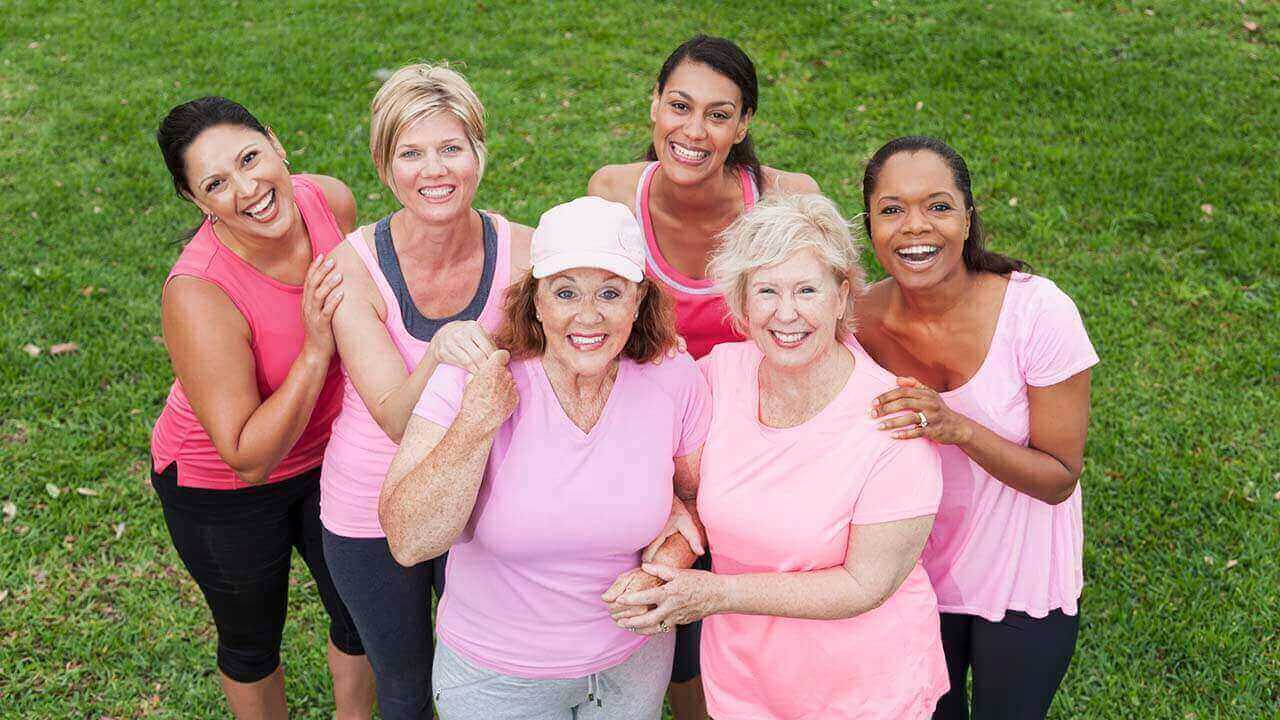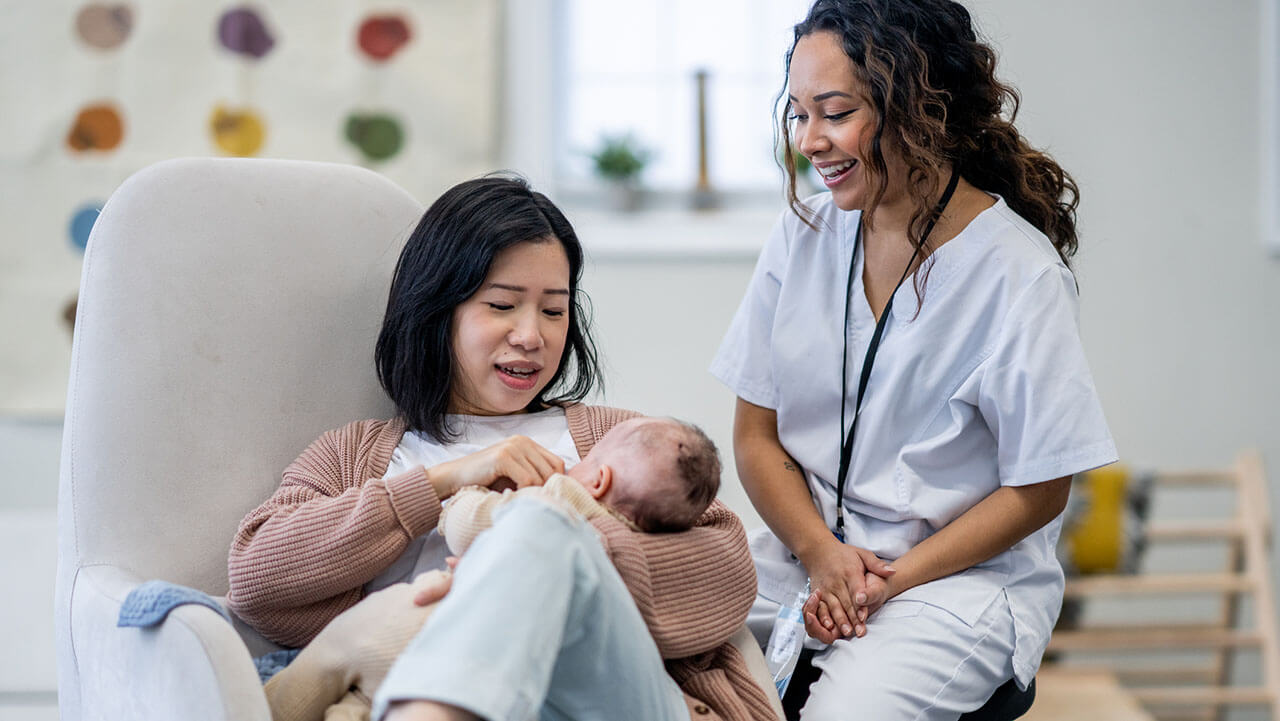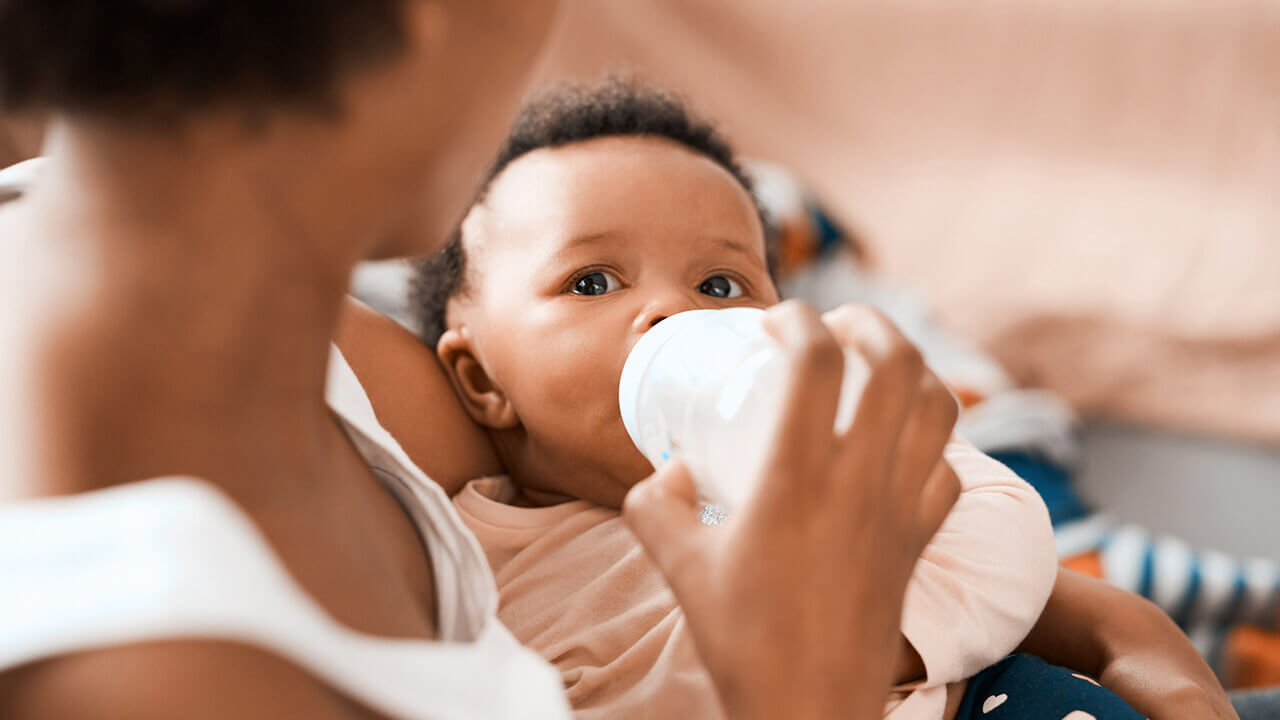

As a new parent, your top concern is keeping your baby safe. Newborns can sleep up to 16 hours a day, so most of their day is spent asleep. You may be amazed to know that a lot of research goes into knowing how to keep babies safe while they sleep. So, what does a safe sleep environment for your newborn look like?
The American Academy of Pediatrics set the following safe sleep guidelines that are good to follow:
Some parents worry that babies will choke when sleeping on their backs, but the baby's airway anatomy and their gag reflex will actually keep that from happening. Even babies with reflux should sleep on their backs.
If baby falls asleep in a car seat, stroller, swing, infant carrier or sling, move them to a firm sleep surface on the back as soon as possible. It is also not safe for babies to fall asleep on pillows, couches or inclined sleepers.
If you have specific questions about safe sleep for infants, contact a Prevea Pediatrician.
The American Academy of Pediatrics set the following safe sleep guidelines that are good to follow:
- Put baby to sleep in their own space. The safest place for a baby to sleep is their own crib, bassinette or play yard. Baby should not sleep in an adult bed, on a couch or on a chair alone or with anyone else.
- Baby’s sleep area is in the same room, next to where parents sleep, preferably for the first 6 months.
- Use a firm and flat sleep surface, such as a mattress in a safety-approved crib, covered by a fitted sheet.
- Dress your baby in sleep clothing, such as a wearable blanket, swaddle or sleep sack. Do not use a loose blanket, and do not over bundle baby. As a general rule, babies will be warm enough if they are in the same number of layers as you are. Click here for more information about swaddling.
- Nothing but baby, their sleep clothing and the mattress in the crib. No pillows, blankets, bumpers, soft objects, toys or loose bedding around baby while they sleep.
- Place baby to sleep on their back. Until their first birthday, babies should always sleep on their backs – for every sleep period, for naps and at night.
Some parents worry that babies will choke when sleeping on their backs, but the baby's airway anatomy and their gag reflex will actually keep that from happening. Even babies with reflux should sleep on their backs.
If baby falls asleep in a car seat, stroller, swing, infant carrier or sling, move them to a firm sleep surface on the back as soon as possible. It is also not safe for babies to fall asleep on pillows, couches or inclined sleepers.
If you have specific questions about safe sleep for infants, contact a Prevea Pediatrician.



